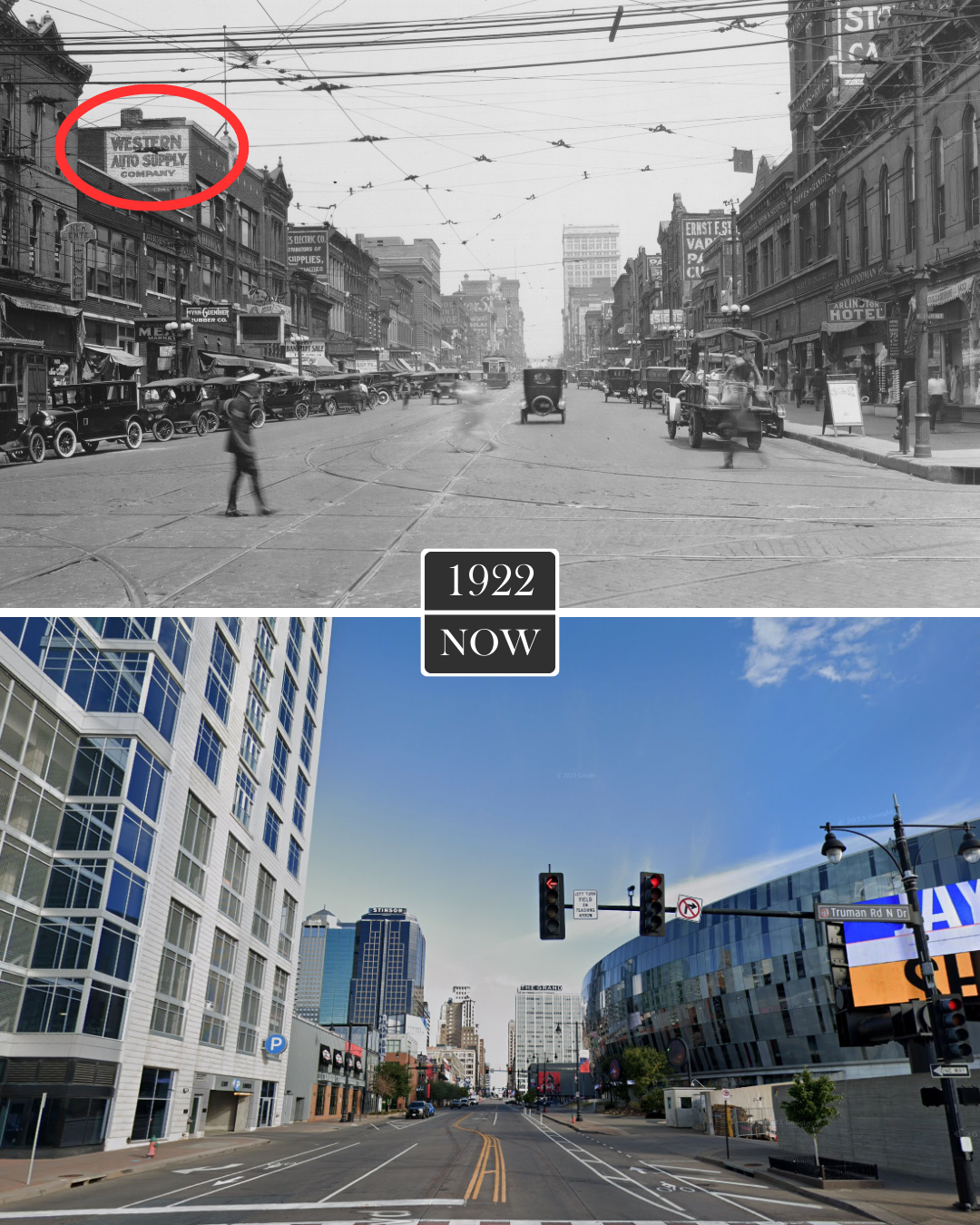The Story of The Western Auto Sign
The iconic Western Auto building & sign. You can purchase this photo by clicking here.
The Western Auto building and its well-known sign have a long history tied to Kansas City's growth. This story connects a young entrepreneur, George Pepperdine, the booming auto industry, and even Coca-Cola's expansion. Here’s the story of how it all came together.
George Pepperdine and the Dawn of Western Auto
Portrait of George Pepperdine. Courtesy-Pepperdine University Special Collections.
George Pepperdine was born in 1886 in Mound Valley, Kansas, a small town a few hours south of Kansas City. After finishing school in Parsons, Kansas, he moved to Kansas City and worked as a bookkeeper for Regent Tire Company. Around this time, cars like the Ford Model T were becoming popular, and Pepperdine saw an opportunity.
At just 23 years old, with only $5 and big dreams, he started the Western Auto Supply Company. It began as a mail-order business run from his home, with his wife Lena helping pack and ship orders. By 1910, the company opened its first headquarters at 708 E. 15th Street in Kansas City and later its first retail store at 1426 Grand Avenue.
Then vs. Now: Western Auto’s first retail store at 1426 Grand Ave. Courtesy: MVSC.
George later moved to California, where he founded Pepperdine University, a Christian college in Los Angeles. His work with Western Auto and his university left a lasting legacy.
The Coca-Cola Building
1922: Photograph looking south from 20th Street showing the McGee Street Viaduct and the west entrance to the McGee Street team yards. Courtesy: MVSC.
While Western Auto was growing, Coca-Cola was expanding too. In 1909, Coca-Cola chose Kansas City for its west-central distribution branch because of its location and the nearby Union Station. By 1915, they built a 12-story triangular building at 2015 Grand Blvd., designed by architect Arthur Tufts.
The unique shape fit the oddly shaped lot and allowed easy access to streets and rail lines. At first, the building had a big Coca-Cola sign on top, which stayed until 1928.
The Iconic Western Auto Sign
1991: Sign atop the Western Auto Building. Courtesy: MVSC.
In 1951, Western Auto moved into the former Coca-Cola building, buying it a year later. In 1952, they added the famous Western Auto sign. Here’s what makes it special:
Size and Design: The sign is about 70 by 73 feet and features the words “Western Auto” surrounded by a giant arrow.
Construction: Built with durable materials, the original sign used incandescent bulbs and neon tubing, making it stand out.
Lighting: The sign had about 2,500 light bulbs and 1,000 feet of neon tubing, making it bright enough to be seen from far away, especially at night.
Western Auto grew into a well-known company, but hard times in the 1980s led to its decline. After changing owners, the building was emptied in 2000, and the sign went dark for 18 years.
In 2002, the building was turned into luxury condos. Then in 2018, the condo association funded repairs to the sign, and on July 13th, it was relit. Once again, the sign lights up Kansas City’s skyline, reminding residents of the city’s history.
Courtesy KCYesterday.com
The Western Auto building was added to the National Register of Historic Places in 1988. Today, it stands as a symbol of Kansas City’s history and ability to adapt. It’s a true reminder of how the past and present come together in the city.





